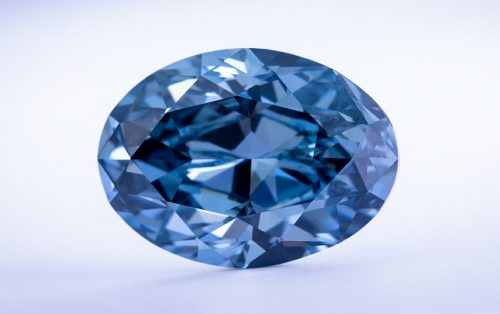De Beers has called off this week’s sight in Botswana, citing restrictions resulting from measures to contain the coronavirus.
Lockdowns in Botswana, South Africa and India are prohibiting sightholders from traveling and preventing the shipment of merchandise to clients’ international operations, De Beers said in a statement Monday. The company is letting sightholders defer 100% of their supply allocations to later in the year, as reported by Rapaport News on Thursday.
The miner “will continue to seek innovative ways to meet sightholders’ rough-diamond supply needs in the coming weeks,” it continued.
The sale was due to run from March 30 to April 3 in Gaborone. However, on March 16, Botswana banned entry to visitors from 18 countries, including US, China, India and Belgium — making attendance impossible for most sightholders.
Customers can usually buy De Beers’ rough remotely due to the consistency of the diamond assortments. However, demand is extremely weak as the manufacturing sector in Surat, India, has closed and the US retail market has largely shut down. In addition, the ability to transport goods around the world is limited. Sales were likely to be extremely low, rough-market sources told Rapaport News.
The unprecedented conditions prompted the World Diamond Council (WDC) and six major trade organizations to ask the CEOs of De Beers and Alrosa to consider offering complete flexibility on purchasing obligations. In a March 20 letter, bourses and trade groups in India, Belgium and Israel joined the WDC in urging the miners to treat the situation as a “force majeure” — an unforeseeable circumstance that prevents the fulfilment of a contract.
“With so many companies now down to a fraction of sales, it is imperative to keep the right balance to secure their short-term viability,” the organizations wrote.
Alrosa allowed more flexibility than normal at its March rough sale, enabling customers to defer 60% of their allocations. However, responding to the letter, it emphasized the importance of all industry participants supporting each other.
“COVID-19 is a new challenge for all of us, and it requires the industry from mine to retail to stand together and take joint innovative steps, not avoid them at the expense of others,” Alrosa CEO Sergey Ivanov wrote. “Walking away from mutual obligations is shortsighted.”
Source: diamonds.net









